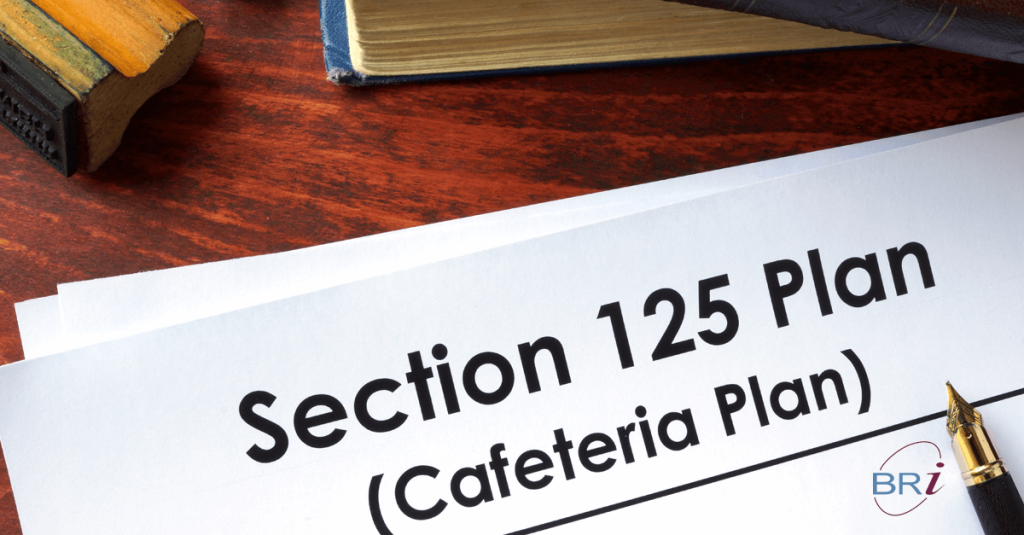According to Wikipedia: “A cafeteria plan is an employee benefit plan offered in the United States pursuant to Section 125 of the Internal Revenue Code”. Are you asleep yet? Who uses the word pursuant in a definition?
Unfortunately, this topic can often come with a lot of legalese and difficult terms. In this article, we kick legal jargon to the curb and dive into three areas to provide a high level guide to understanding this plan. First, we will explore what a cafeteria plan is. Next, we’ll go into how it got its name, and finally, we’ll look at who it helps.
What is a cafeteria plan?
There are three different types of cafeteria plans.
Flex Account
One of the most common cafeteria plans is a flex account, or flexible spending account (FSA). This type of cafeteria plan gives employees the option to enroll in an account that allows them to set aside money from their paycheck tax-free and use it for qualified medical expenses.
Types of expenses the FSA can pay for include co-pays, deductibles, and even some vision and dental expenses. You can explore a fuller list of expenses here.
POP Plan
Next is a Premium Only Plan (POP).
A POP Plan gives employees the chance to set aside pre-tax money from their paycheck (like an FSA) but it pays for the premium costs associated with employer-provided health insurance. This is a popular cafeteria plan option.
It is not uncommon for an employer to offer a POP Plan and a Flexible Spending Account to employees at the same time.
Dependent Care Account
Finally, the last type of cafeteria plan is a Dependent Care flexible spending account. Don’t get too caught up on the use of the term “flexible spending account.” While they do have some similarities, this is an entirely separate account from the first type of cafeteria plan.
A dependent care account is another tax-free employee benefit that allows employees to pay for certain child care or elder care expenses with tax-free dollars. In addition to only certain expenses being covered, employees can only use funds from the account if doing so enables them to work, look for work, or attend school full time.
Learn more about the differences between Medical FSAs and Dependent Care FSAs in this article.
Why is it called a cafeteria plan?
The three plans above were dubbed “cafeteria plans” due to their similarity to selecting different items in a cafeteria. The plans allow employees to pick and choose what benefits they wanted to include in their healthcare plans.
Not surprisingly, the plans were an immediate hit when they were first introduced in the 1970s and have continued to be a popular option among both employers and employees.
Who does it help?
Finally, we come to a close with who a cafeteria plan is designed to help: employees and employers. Both groups can save on taxes with cafeteria plans.
How?
This Entrepreneur article puts it this way: “Because these benefits are free from federal and state income taxes, an employee’s taxable income is reduced, which increases the percentage of their take-home pay. And because the pre-tax benefits aren’t subject to federal social security withholding taxes, employers win by not having to pay FICA–or workers’ comp premiums–on those dollars.”
And that’s the long and short of cafeteria plans– what they are, how they earned their name, and who they help.



